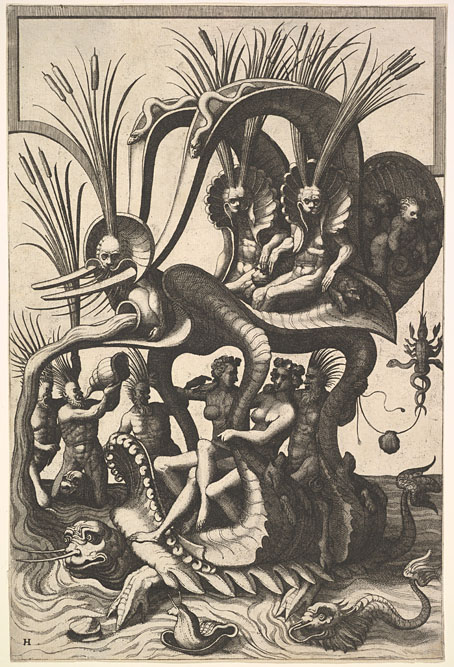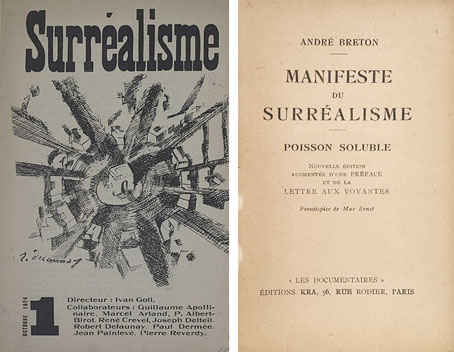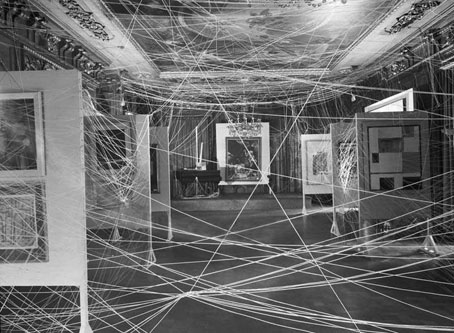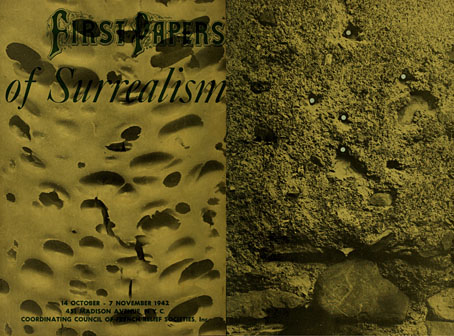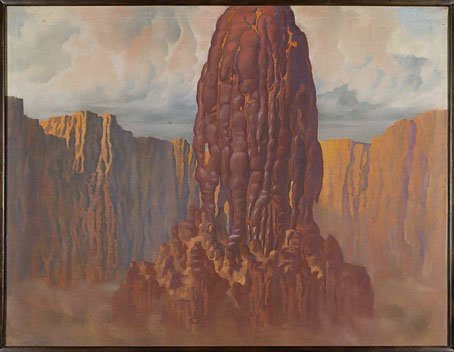
The “to-day” in the title is a sign that this volume dates from the years before the Second World War when the hyphenated “today” was still a common sight. British Book Illustration – Yesterday and To-day was published in 1923, one of many such books produced by The Studio magazine. Studio editor Geoffrey Holme is also credited as editor of the book which follows the history of British illustration from Thomas Bewick, in 1795, to Randolph Schwabe in 1923, with each artist being represented by one or two pieces considered to exemplify their work. (Harry Clarke, who appears near the end, was Irish but the newly-minted Irish Free State was only a year old at this time so Clarke had technically been a Briton for most of his life.) Being a Studio publication, each illustration includes a note of the medium used (pen, wood engraving, etc), something you don’t always see in books of this kind. A lengthy introductory essay by Malcolm C. Salaman examines the work of each artist in turn. Two hundred pages isn’t anything like enough to do justice to the subject, and I could quibble over many of the selections, as well as the omissions. But the book is worthwhile for some of its unusual choices as well as showing drawings by artists who weren’t as well known as Beardsley and company. Among the unusual selections is the original drawing for The Facts in the Case of M. Valdemar that Harry Clarke produced for his Poe collection. This was rejected by Harrap for being too horrible even though it accurately depicts the moments from the end of the story. The drawing is much more detailed than the one that replaced it but you don’t see the first version reproduced very often. Looking at it again it occurs to me that it really ought to be included in future editions of Clarke’s Poe illustrations.




Continue reading “British Book Illustration – Yesterday and To-day”

